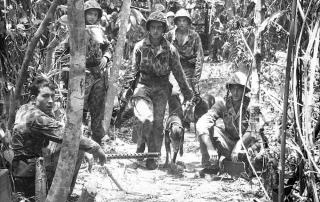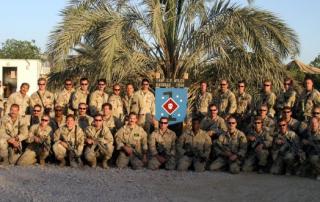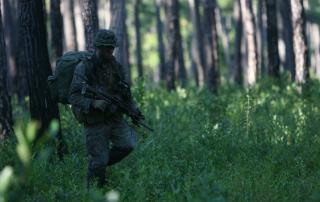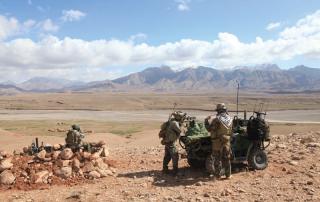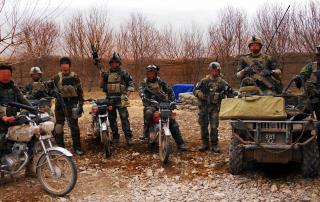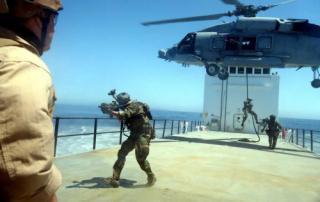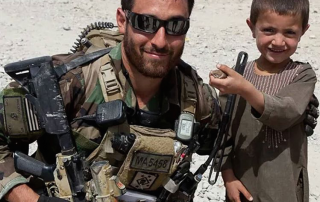November 1st, 1943
On November 1st, 1943, elements of the 2nd and 3rd Raider Battalions assaulted the Japanese fortifications at Cape Torokina, Empress Augusta Bay, Bougainville. Both units continued fighting through the end of November, participating in the battles of Piva Trail, Coconut Grove, and Numa Numa Trail over a 10-day period. On January 12th, both Raider Battalions were withdrawn from Bougainville and sent to New Zealand for Rest and Rehabilitation.
